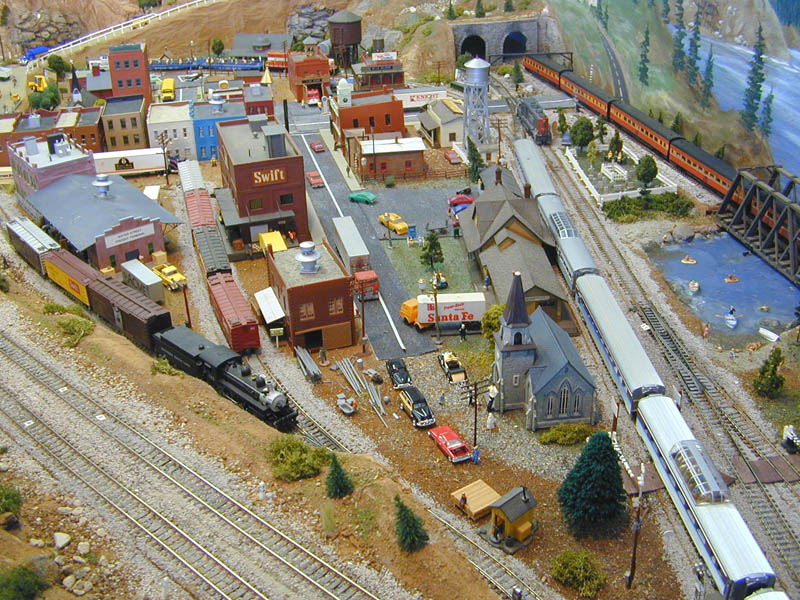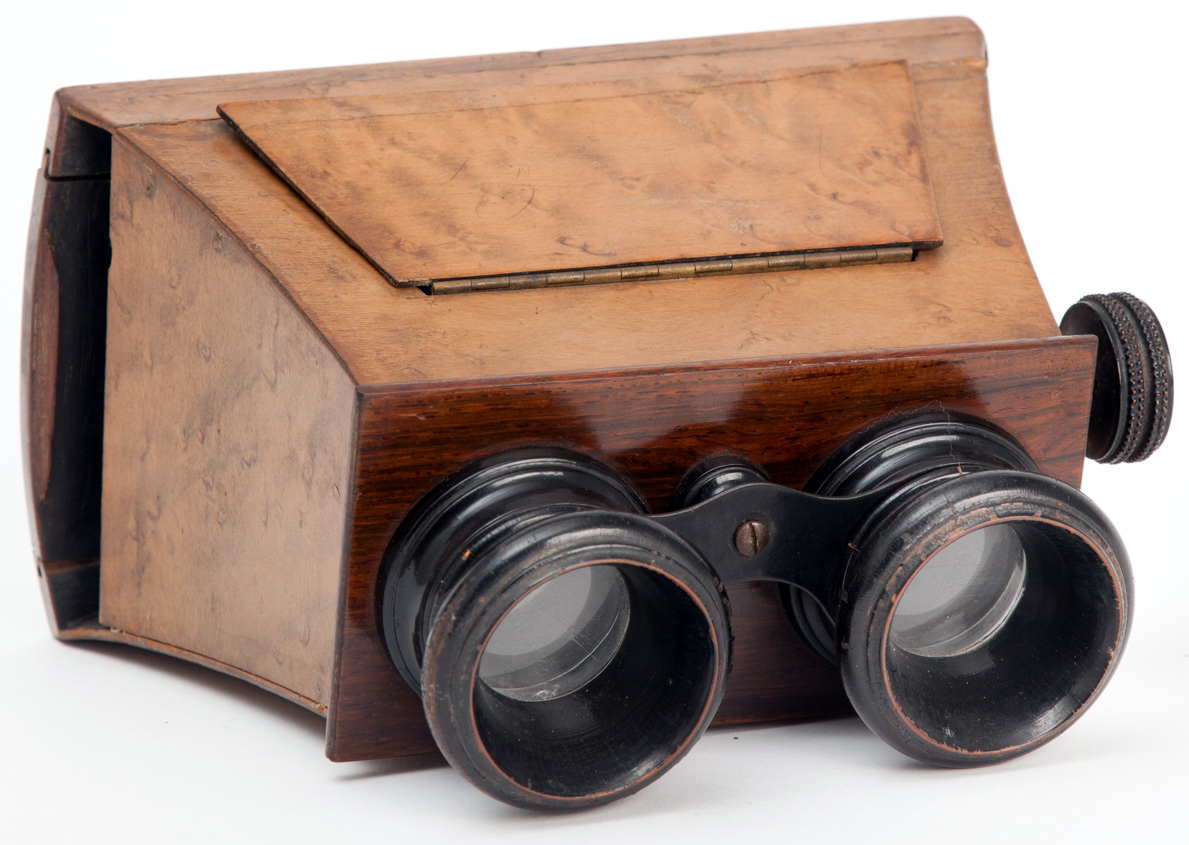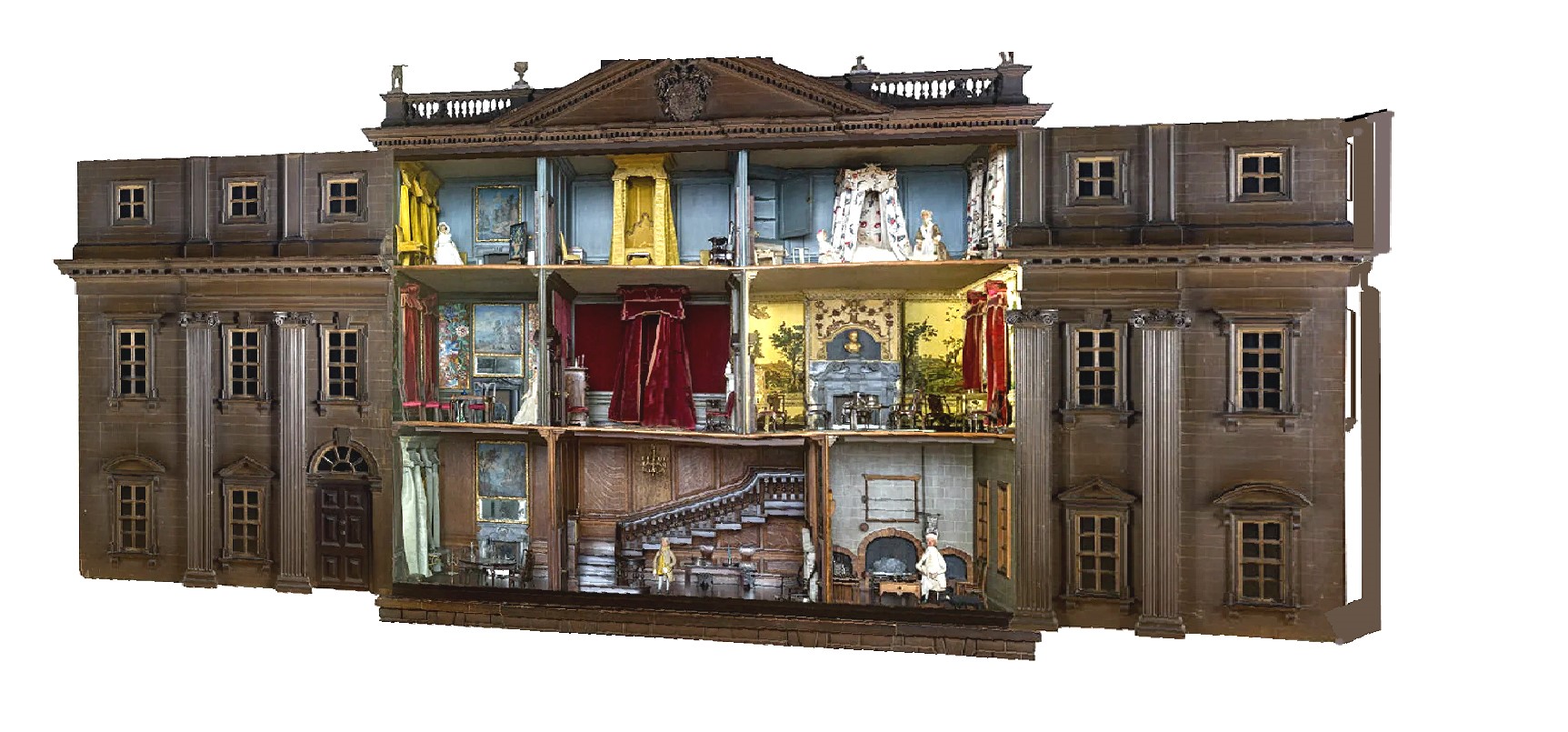|
Nuremberg Toy Museum
The Nuremberg Toy Museum (also known as Lydia Bayer Museum) in Nuremberg, Bavaria, is a municipal museum, which was founded in 1971. It is considered to be one of the most well known toy museums in the world, depicting the cultural history of toys from antiquity to the present. History Hallersches Haus The toy museum's building, located in Karlstraße 13–15, can be dated back to 1517 as being the property of Wilhelm Haller, senior, member of a patrician family. Jeweler, Paul Kandler bought the house in 1611 and had the front rebuilt for the first time (probably by Jakob Wolff senior). The oriel (this type of oriel is called a chörlein) was constructed roughly around 1720. A distinctive feature of the Hallersches Haus, but also of many other houses in Nuremberg, is the ''Dockengalerie'', which is a wooden gallery built around an inner courtyard, connecting the adjacent buildings. 'Docken' refers to turned wooden balusters used for construction galleries and limbless wooden ... [...More Info...] [...Related Items...] OR: [Wikipedia] [Google] [Baidu] |
Nuremberg
Nuremberg (, ; ; in the local East Franconian dialect: ''Nämberch'' ) is the Franconia#Towns and cities, largest city in Franconia, the List of cities in Bavaria by population, second-largest city in the States of Germany, German state of Bavaria, and its 544,414 (2023) inhabitants make it the List of cities in Germany by population, 14th-largest city in Germany. Nuremberg sits on the Pegnitz (river), Pegnitz, which carries the name Regnitz from its confluence with the Rednitz in Fürth onwards (), and on the Rhine–Main–Danube Canal, that connects the North Sea to the Black Sea. Lying in the Bavarian Regierungsbezirk, administrative region of Middle Franconia, it is the largest city and unofficial capital of the entire cultural region of Franconia. The city is surrounded on three sides by the , a large forest, and in the north lies (''garlic land''), an extensive vegetable growing area and cultural landscape. The city forms a continuous conurbation with the neighbouring ... [...More Info...] [...Related Items...] OR: [Wikipedia] [Google] [Baidu] |
Industrialisation
Industrialisation ( UK) or industrialization ( US) is the period of social and economic change that transforms a human group from an agrarian society into an industrial society. This involves an extensive reorganisation of an economy for the purpose of manufacturing. Industrialisation is associated with increase of polluting industries heavily dependent on fossil fuels. With the increasing focus on sustainable development and green industrial policy practices, industrialisation increasingly includes technological leapfrogging, with direct investment in more advanced, cleaner technologies. The reorganisation of the economy has many unintended consequences both economically and socially. As industrial workers' incomes rise, markets for consumer goods and services of all kinds tend to expand and provide a further stimulus to industrial investment and economic growth. Moreover, family structures tend to shift as extended families tend to no longer live together in one hous ... [...More Info...] [...Related Items...] OR: [Wikipedia] [Google] [Baidu] |
Steam Engine
A steam engine is a heat engine that performs Work (physics), mechanical work using steam as its working fluid. The steam engine uses the force produced by steam pressure to push a piston back and forth inside a Cylinder (locomotive), cylinder. This pushing force can be transformed by a connecting rod and Crank (mechanism), crank into rotational force for work. The term "steam engine" is most commonly applied to reciprocating engines as just described, although some authorities have also referred to the steam turbine and devices such as Hero's aeolipile as "steam engines". The essential feature of steam engines is that they are external combustion engines, where the working fluid is separated from the combustion products. The ideal thermodynamic cycle used to analyze this process is called the Rankine cycle. In general usage, the term ''steam engine'' can refer to either complete steam plants (including Boiler (power generation), boilers etc.), such as railway steam locomot ... [...More Info...] [...Related Items...] OR: [Wikipedia] [Google] [Baidu] |
Model Railroad Layout
In model railroading, a ''layout'' is a diorama containing scale track for operating trains. The size of a layout varies, from small shelf-top designs to ones that fill entire rooms, basements, or whole buildings. Attention to modeling details such as structures and scenery is common. Simple layouts are generally situated on a table, although other methods are used, including using a flush-sided door as a base. More permanent construction methods involve attaching benchwork framing to the walls of the room or building in which the layout is situated. Track layout An important aspect of any model railway is the layout of the track itself. Apart from the stations, there are four basic ways of arranging the track, and innumerable variations: * ''Continuous loop''. A circle or oval, with trains going round and round. Used in train sets. * ''Point to point''. A line with a station at each end, with trains going from one station to the other. * ''Out and back''. A pear shaped track ... [...More Info...] [...Related Items...] OR: [Wikipedia] [Google] [Baidu] |
Stereoscope
A stereoscope is a device for viewing a stereoscopy, stereoscopic pair of separate images, depicting left-eye and right-eye views of the same scene, as a single three-dimensional image. A typical stereoscope provides each eye with a lens that makes the image seen through it appear larger and more distant and usually also shifts its apparent horizontal position, so that for a person with normal binocular depth perception the edges of the two images seemingly fuse into one "stereo window". In current practice, the images are prepared so that the scene appears to be beyond this virtual window, through which objects are sometimes allowed to protrude, but this was not always the custom. A divider or other view-limiting feature is usually provided to prevent each eye from being distracted by also seeing the image intended for the other eye. Most people can, with practice and some effort, view stereoscopic image pairs in 3D without the aid of a stereoscope, but the physiological dept ... [...More Info...] [...Related Items...] OR: [Wikipedia] [Google] [Baidu] |
Magic Lantern
The magic lantern, also known by its Latin name , is an early type of image projector that uses pictures—paintings, prints, or photographs—on transparent plates (usually made of glass), one or more lens (optics), lenses, and a light source. Because a single lens inverts an image projected through it (as in the phenomenon which inverts the image of a camera obscura), slides are inserted upside down in the magic lantern, rendering the projected image correctly oriented. It was mostly developed in the 17th century and commonly used for entertainment purposes. It was increasingly used for education during the 19th century. Since the late 19th century, smaller versions were also mass-produced as toys. The magic lantern was in wide use from the 18th century until the mid-20th century when it was superseded by a compact version that could hold many 35 mm photographic slides: the slide projector. Technology Apparatus The magic lantern used a concave mirror behind a light so ... [...More Info...] [...Related Items...] OR: [Wikipedia] [Google] [Baidu] |
Zograscope
A zograscope is an optical device for magnifying flat pictures that also has the property of enhancing the sense of the depth perception, depth shown in the picture. It consists of a large magnifying lens through which the picture is viewed. Devices containing only the lens are sometimes referred to as graphoscopes. Other models have the lens mounted on a stand in front of an angled mirror. This allows someone to sit at a table and to look through the lens at the picture flat on the table. Pictures viewed in this way need to be left-right reversed; this is obvious in the case of writing. A print made for this purpose, typically with extensive Perspective (graphical), graphical projection perspective, is called a ''vue d'optique'' or "perspective view". Zograscopes were popular during the later half of the 18th century as parlour entertainments. Most existing ones from that time are fine furniture, with turned stands, mouldings, brass fittings, and fine finishes. According to Mich ... [...More Info...] [...Related Items...] OR: [Wikipedia] [Google] [Baidu] |
Nuremberg Kitchen
Nuremberg kitchen is the traditional English name for a specific type of dollhouse, similar to a room box, usually limited to a single room depicting a kitchen. The name references the city of Nuremberg, the center of the nineteenth-century German toy industry. In German the toy is known as a ''Puppenküche'' (literally "dolls' kitchen"). Description Most surviving examples show variations on a standard form: a single reduced-scale room with the front wall and ceiling missing, rather like a miniaturized stage set, allowing convenient access to the interior and an unobstructed view of the minuscule items within. Often the side walls flair out from the back at wide angles, creating a trapezoid floorplan and presenting a more dramatic display of the contents. Some might have a roof above or a pantry to one side, but these are exceptions. Typically, but not always, the fittings are arranged symmetrically, with a cooking range in the center of the rear wall (a raised masonry hearth wi ... [...More Info...] [...Related Items...] OR: [Wikipedia] [Google] [Baidu] |
Dollhouse
A dollhouse or doll's house is a toy house made in miniature. Since the early 20th century dollhouses have primarily been the domain of children, but their collection and crafting is also a hobby for many adults. English-speakers in North America commonly use the term ''dollhouse'', but in the United Kingdom and other English-speaking countries the term is ''doll's house'' (or, less commonly, ''dolls' house''). They are often built to put dolls in. The history of today's dollhouses can be traced back about four hundred years to the ''baby house'' display cases of Europe, which showed idealized interiors. Smaller dollhouses with more realistic exteriors appeared in Europe in the 18th century. Early dollhouses were all handmade, but following the Industrial Revolution and World War II, they were increasingly mass-produced and became more standardized and affordable. Dollhouses can range from simple boxes stacked together used as rooms for play, to multi-million dollar structures d ... [...More Info...] [...Related Items...] OR: [Wikipedia] [Google] [Baidu] |
Doll
A doll is a physical model, model typically of a human or humanoid character, often used as a toy for children. Dolls have also been used in traditional religious rituals throughout the world. Traditional dolls made of materials such as clay and wood are found in the Americas, Asia, Africa and Europe. The earliest documented dolls go back to the ancient civilizations of Ancient Egypt, Egypt, Ancient Greece, Greece, and Ancient Rome, Rome. They have been made as crude, rudimentary playthings as well as elaborate art. Modern doll manufacturing has its roots in Germany, from the 15th century. With Industrialisation, industrialization and new materials such as porcelain and plastic, dolls were increasingly mass-produced. During the 20th century, dolls became increasingly popular as collectibles. History, types and materials Early history and traditional dolls The earliest dolls were made from available materials such as clay, stone, wood, bone, ivory, leather, or wax. Archaeology ... [...More Info...] [...Related Items...] OR: [Wikipedia] [Google] [Baidu] |
Distorting Mirror
A distorting mirror, funhouse mirror or carnival mirror is a popular attraction at carnivals and fairs. Instead of a normal plane mirror that reflects a perfect mirror image, distorting mirrors are curved mirrors, often using convex and concave sections to achieve the distorted effect. Because of their distorting properties, they are sometimes featured in fiction as a literary device, such as in Hans Christian Andersen's 1844 fairy tale ''The Snow Queen''. Distorted mirrors are used as a metaphor for describing Wikipedia, personalized medicine and social media which rather than reflecting society, tend to distort our perceptions of reality and social norm A social norm is a shared standard of acceptance, acceptable behavior by a group. Social norms can both be informal understandings that govern the behavior of members of a society, as well as be codified into wikt:rule, rules and laws. Social norma ...s. References Mirrors {{amusement-park-stub ... [...More Info...] [...Related Items...] OR: [Wikipedia] [Google] [Baidu] |
Labyrinth
In Greek mythology, the Labyrinth () is an elaborate, confusing structure designed and built by the legendary artificer Daedalus for King Minos of Crete at Knossos. Its function was to hold the Minotaur, the monster eventually killed by the hero Theseus. Daedalus had so cunningly made the Labyrinth that he could barely escape it after he built it. Although early Cretan coins occasionally exhibit branching (multicursal) patterns, the single-path (unicursal) seven-course "Classical" design without branching or dead ends became associated with the Labyrinth on coins as early as 430 BC, and similar non-branching patterns became widely used as visual representations of the Labyrinth – even though both logic and literary descriptions make it clear that the Minotaur was trapped in a complex branching maze. Even as the designs became more elaborate, visual depictions of the mythological Labyrinth from the Roman era until the Renaissance are almost invariably unicursal. Branching maz ... [...More Info...] [...Related Items...] OR: [Wikipedia] [Google] [Baidu] |








